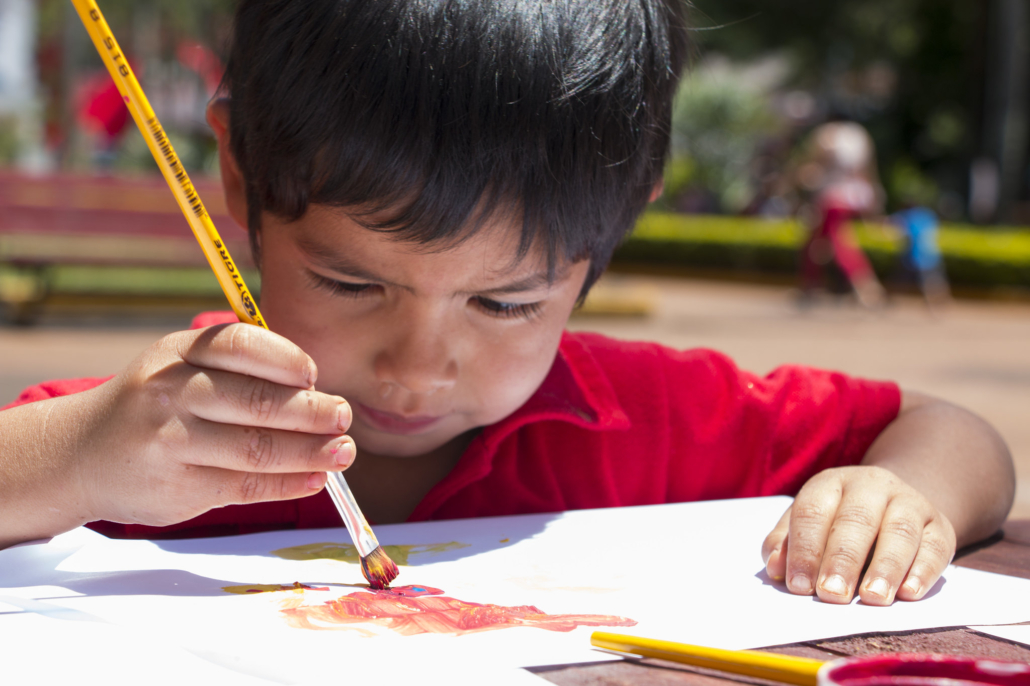HIV/AIDS in Paraguay: UNAIDS at the Forefront of the Response
 HIV/AIDS left 7,000 children as orphans in Paraguay in 2023 alone. Natanael, an HIV-positive boy living in Paraguay, became an orphan after his mother died of HIV.
HIV/AIDS left 7,000 children as orphans in Paraguay in 2023 alone. Natanael, an HIV-positive boy living in Paraguay, became an orphan after his mother died of HIV.
What Is HIV?
The human immunodeficiency virus (HIV) is an illness that affects a person’s white blood cells, specifically ones called CD4 cells, that are responsible for immune function. HIV is transmitted through the exchange of bodily fluids.
Methods of preventing the virus includes using a condom, avoiding used or unclean needles, getting tested regularly, and in some cases, preexposure prophylaxis (PrEP). Treatment for HIV/AIDS involves antiretroviral therapy (ART).
HIV/AIDS in Paraguay
Despite there being both preventative measures and treatments, HIV/AIDS is an epidemic that continues to burden many parts of the globe. In Paraguay, at least 22,000 people are currently living with HIV/AIDS. Of that number, about half are receiving ART for HIV/AIDS, meaning at least 10,000 are going without life-saving treatment.
HIV/AIDS is concentrated both geographically and among populations in Paraguay. Greater than 75% of those infected with HIV live in the country’s capital, Asunción, with the total number of nationwide cases rising each year. HIV/AIDS is also more prevalent among men who have sex with men (MSM) and sex workers.
Natanael, a young boy living with HIV in Paraguay, became an orphan when his mother died of the virus. Natanael’s mother contracted the illness at her work at a children’s home for kids with HIV, where she and her son also lived.
After her passing, Natanael became an orphan and had to continue living in the home without his mother, because his own family rejected him and his mother after discovering that they were diagnosed with HIV.
UNAIDS Response
To bring aid to people like Natanael, The United Nations has a Joint Programme called UNAIDS. UNAIDS is a global health effort that aims to address HIV/AIDS as a public health crisis.
As a result, HIV/AIDS in Paraguay and other countries may begin to see a decline as the Joint Team successfully implements different health services throughout the country.
With a program expenditure of $425,483 USD in 2022-2023, UNAIDS was able to:
- Provide nearly 550,000 students in Paraguay with comprehensive sex education.
- Provide more than 15,000 people in uniform with information regarding HIV/AIDS.
- Provide more than 5,000 people in Paraguay’s armed forces with rapid HIV and syphilis testing services.
- Distribute nearly 11,000 condoms throughout the country to prevent the transmission of HIV/AIDS, and other STIs.
The Future
Looking to the future, UNAIDS hopes not only to continue to meet their 90-90-90 goal – 90% of those with HIV are diagnosed, 90% of those diagnosed are treated with ART and 90% of those on ART become virally suppressed — but have targets of 95-95-95.
UNAIDS in Paraguay has worked not only to achieve its 95-95-95 goal but to prevent HIV/AIDS altogether through comprehensive sex education for students and the distribution of condoms throughout the country.
Without education or awareness of HIV, the couple who fell in love with Natanael may have never felt prepared to adopt him. At 12 years old, Natanael finally met his new parents. He was able to go to a loving home and maintain his HIV treatment.
Other initiatives, such as SOS Children’s Villages, work to provide stable and nurturing homes to children around the globe living in poverty and other extreme situations. Anyone can donate or sponsor a child living in Paraguay, and help them gain access to medical care, food, clothes and love.
Looking Ahead
HIV/AIDS is a global epidemic. The efforts of UNAIDS in Paraguay since 2022 have expanded public awareness of HIV and its transmission, provided HIV self-testing programs in key areas, and provided health services and information to those in uniform. Efforts such as these are at the forefront of the HIV/AIDS response and should help to decrease the number of cases in the future.
– Hannah Pacheco
Hannah is based in Boston, MA, USA and focuses on Good News and Global Health for The Borgen Project.
Photo: Flickr
